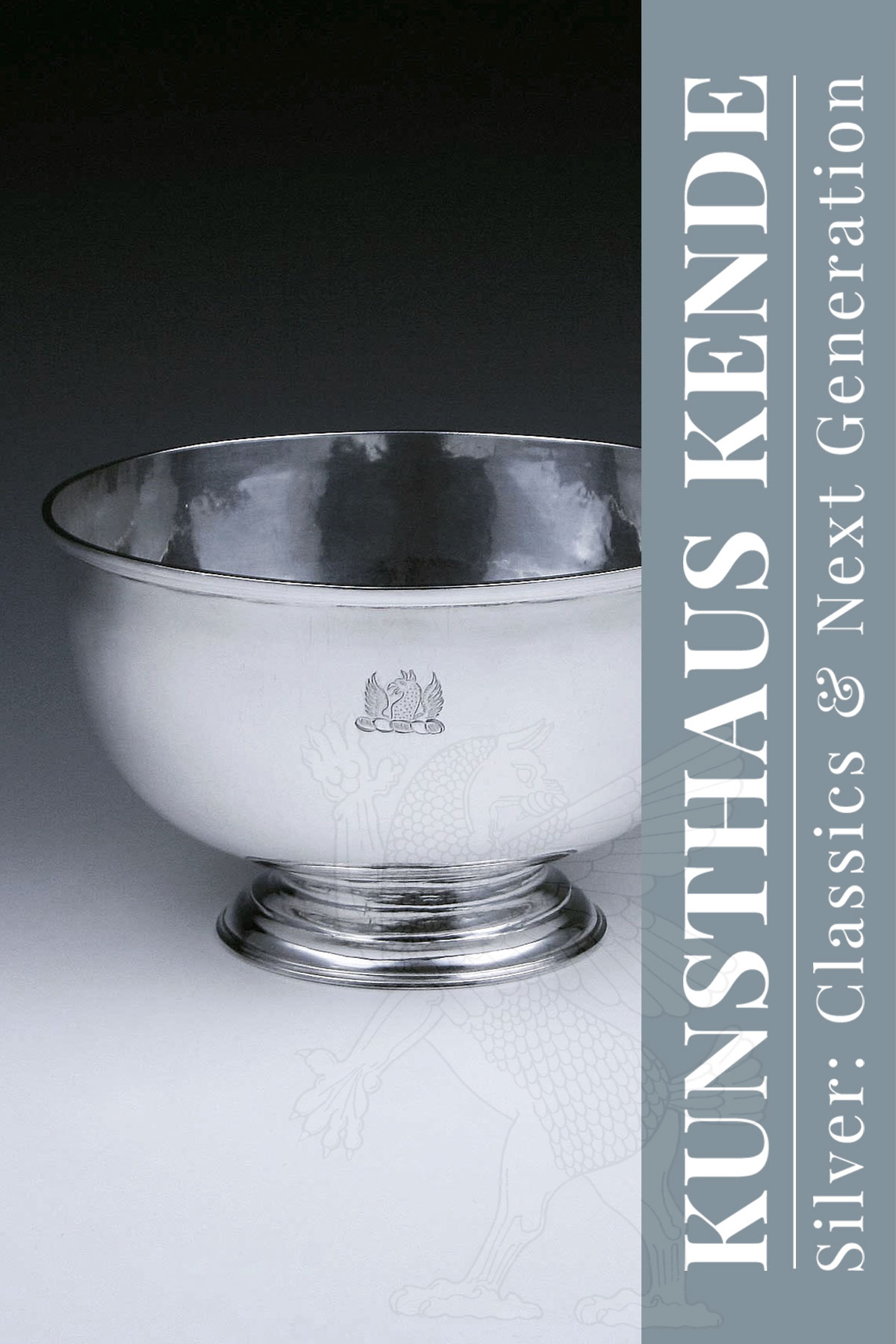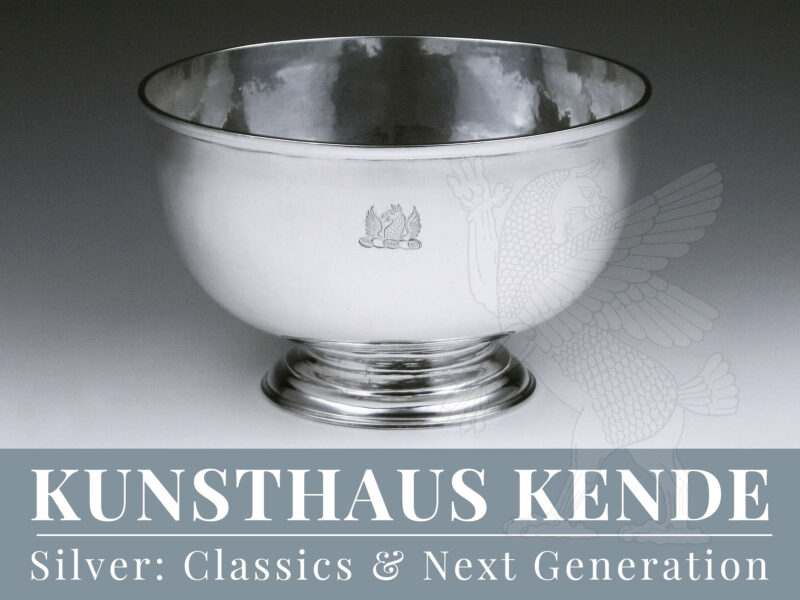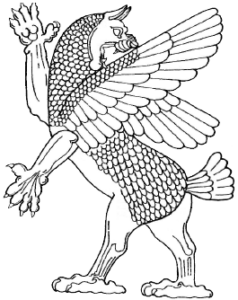Item number: 58081
A rare George II sterling silver punch bowl,
London 1729 by John Gorsuch
This exceptional antique Georgian sterling silver bowl has the typical classic George II, plain circular rounded form onto a domed spreading foot. The body of this Georgian bowl is plain and shows a family crest to the front in the form of an eagle with open wings. The upper rim is encompassed with an applied moulded border encircled with tooled decoration. This antique bowl has a fine colour and patination and is an exceptional example of its type. Such large examples are becoming increasingly difficult to locate. This antique bowl is an exceptional gauge of silver for its type, exceptional quality and in exceptional condition in keeping with age. There are only very few surface blemishes, the full hallmarks struck to the underside of the bowl show minimal rubbing as can be expected, in keeping with age.
22.2 cm / 8.74″ diameter to upper rim, 13.5 cm / 5.31″ tall; 649.5 g / 20.8 oz
Cultural-historical aspects of silver punch bowls
The consumption of punch came into fashion in the first half of the 17th century, when colonial goods from the East and West Indies reached Britain through trade. The consumption of cocoa, coffee and tea developed into a medium of social distinction at the English noble houses because of their preciousness and exoticism. Silver punch bowls do not appear to have come into wider use until the late 17th century, although objects from before 1700 rarely survived until today. It is believed that the terminology of punch derives its origin from the Hindi term paanch meaning five. The name goes back to the five basic ingredients of the drink, which were dissolved in a mixture of water and alcohol (usually rum due to its colonial origins) and composed of spices, citrus fruits and sugar. Similar influences from the countries of origin can also be attested in the terminology of other types of vessels: for example, the term tea caddy most likely derives from the Malay word kati, which refers to a tea measure weighing about a pound. For a long time, the consumption of punch remained popular mainly in England and the territory of North America, although the first evidence of the drink’s fame can also be found in the German cultural area in the early 18th century. Letters from his father show that Wolfgang Amadeus Mozart also came to know and appreciate punch during his stay in England (1764). It was not until much later, at the end of the 18th century, that punch became popular at the noble houses of France and Germany. In its artistic reception, punch finds its representation in various contemporary pictorial works, such as William Hogarth’s “A Midnight Modern Conversation” of 1732 (see here).
John Gorsuch was apprenticed to James Smith 1718, free in 1725. His mark was entered as largeworker in 1726.





